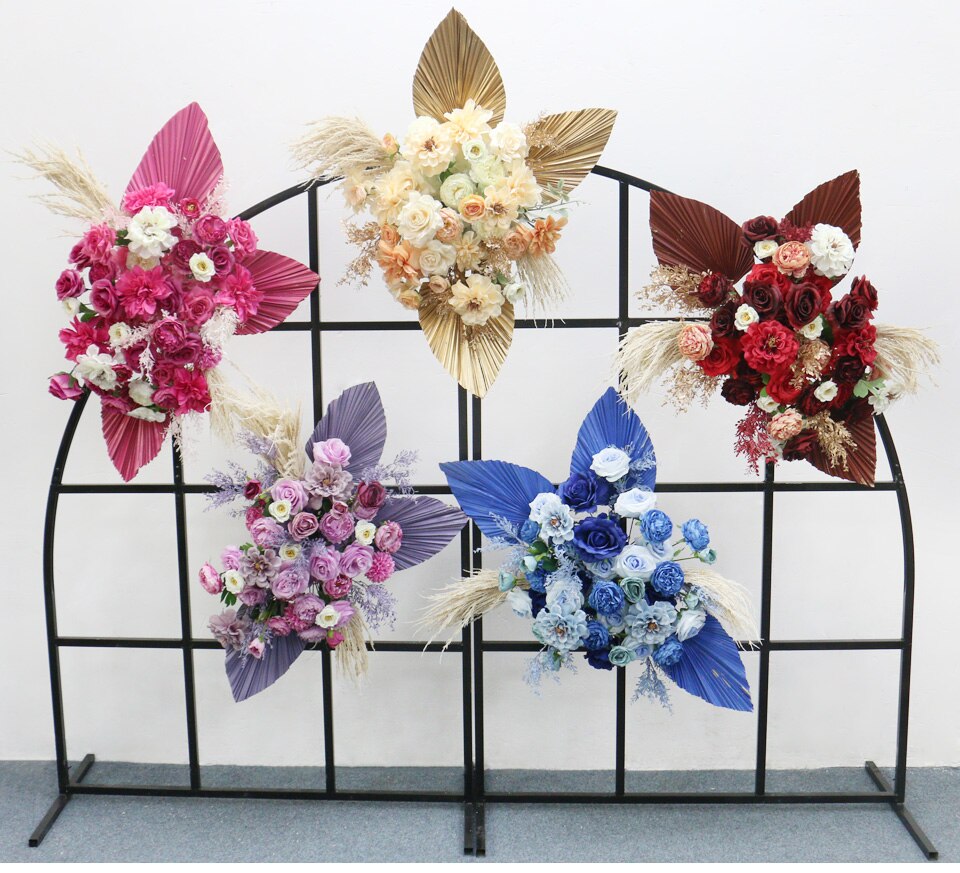what is the flower that stands for death?
In many cultures, the flower that is commonly associated with death is the white lily. It is often used in funeral arrangements and symbolizes purity and innocence.
1、 Lily (symbolizes death and mourning in many cultures)
The flower that stands for death is the Lily. Symbolizing death and mourning in many cultures, the Lily has long been associated with funerals and grieving. Its elegant and delicate appearance, combined with its strong fragrance, has made it a popular choice for expressing condolences and paying tribute to the deceased.
In ancient Greek mythology, the Lily was believed to have sprung from the milk of the goddess Hera. It was also associated with the goddess of the underworld, Hecate, further solidifying its connection to death. In Christian traditions, the Lily is often depicted in artwork and religious ceremonies as a symbol of purity and resurrection, representing the hope of life after death.
However, it is important to note that the symbolism of flowers can vary across cultures and time periods. While the Lily has historically been associated with death, mourning, and funerals, modern interpretations may differ. Some people may now view the Lily as a symbol of beauty, purity, and renewal, rather than solely as a representation of death.
Ultimately, the meaning of flowers, including the Lily, is subjective and can be influenced by personal beliefs and cultural contexts. It is always important to consider the specific cultural and individual interpretations when discussing the symbolism of flowers.

2、 Chrysanthemum (associated with death and funerals in some cultures)
The flower that is commonly associated with death is the Chrysanthemum. In many cultures, including some Asian countries, the Chrysanthemum holds strong symbolic ties to funerals and mourning. Its association with death can be traced back to ancient times, where it was often used in funeral rituals and placed on graves as a symbol of remembrance.
The Chrysanthemum's connection to death stems from its characteristics and appearance. The flower blooms in the autumn, a season often associated with the end of life and the cycle of death and rebirth. Additionally, the Chrysanthemum's petals resemble the shape of a wheel, symbolizing the circle of life and the inevitability of death.
However, it is important to note that the perception of the Chrysanthemum as a flower of death may vary across different cultures and time periods. In some Western cultures, the Chrysanthemum is more commonly associated with positive meanings such as joy, longevity, and happiness. It is often used as a decorative flower in gardens and floral arrangements.
Furthermore, the interpretation of flower symbolism can evolve over time. As cultural perspectives shift and new meanings are assigned to flowers, the association of the Chrysanthemum with death may not hold the same significance in contemporary society. It is essential to consider the cultural context and individual beliefs when interpreting flower symbolism.

3、 Black rose (symbolic of death and farewell)
The flower that is commonly associated with death is the black rose. Symbolically, the black rose represents death and farewell. It is often used to convey a sense of mourning and loss. The dark color of the rose is seen as a representation of the end of life and the absence of light.
However, it is important to note that the association of the black rose with death is primarily symbolic and not based on any natural occurrence. In reality, black roses do not exist naturally. The closest natural equivalent would be a very dark red or purple rose.
In recent years, there has been a shift in the perception of the black rose. Some people now view it as a symbol of rebirth and transformation. They see it as a representation of overcoming challenges and emerging stronger on the other side. This alternative interpretation has gained popularity, particularly among those who embrace the idea of personal growth and resilience.
Ultimately, the meaning of the black rose is subjective and can vary depending on cultural and personal beliefs. While it traditionally symbolizes death and farewell, it can also be seen as a symbol of hope and renewal.

4、 White poppy (represents eternal sleep and death)
The flower that is commonly associated with death is the white poppy. This delicate and beautiful flower has long been a symbol of eternal sleep and death. Its pure white petals are often seen as a representation of the peacefulness and tranquility that comes with the end of life.
In many cultures, the white poppy is used to honor and remember those who have passed away. It is often seen at funerals and memorial services as a way to pay tribute to the deceased. The flower's association with death is also reflected in its name, as the word "poppy" is derived from the Latin word "papaver," which means "to make sleep."
However, it is important to note that the symbolism of the white poppy can vary depending on cultural and personal beliefs. While some may see it as a representation of death, others may view it as a symbol of peace, remembrance, or even hope. In recent years, there has been a shift in perspective, with some individuals associating the white poppy with the idea of celebrating life and embracing the cycle of birth, growth, and eventual death.
Ultimately, the meaning of the white poppy is subjective and can be interpreted in different ways. It serves as a reminder of the fragility and impermanence of life, and encourages us to reflect on the significance of death in our own lives.











































Leave your comment